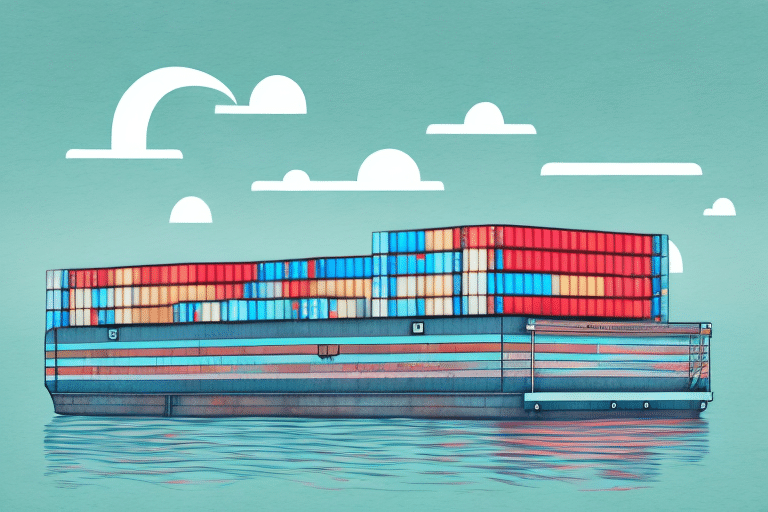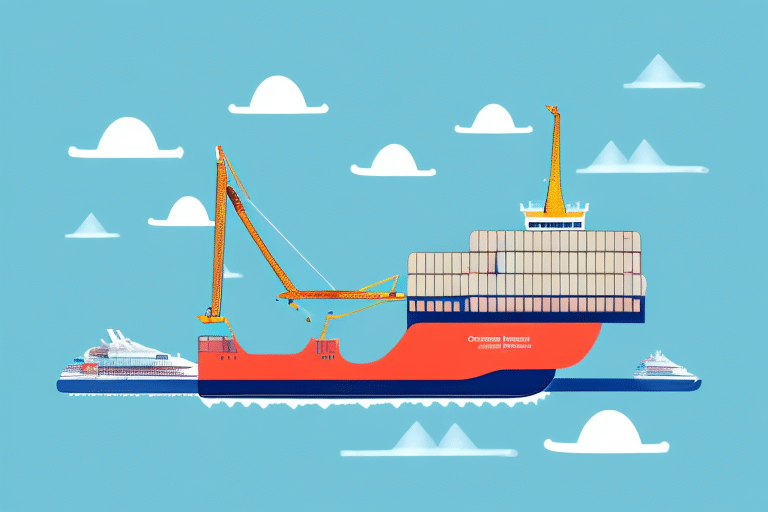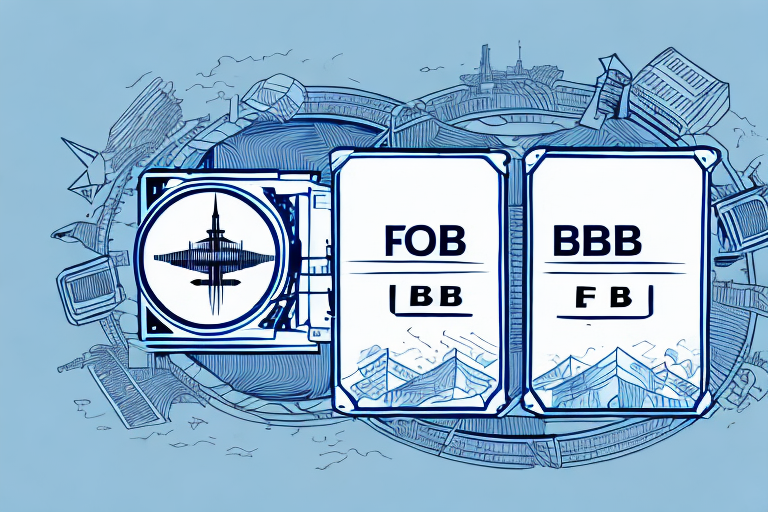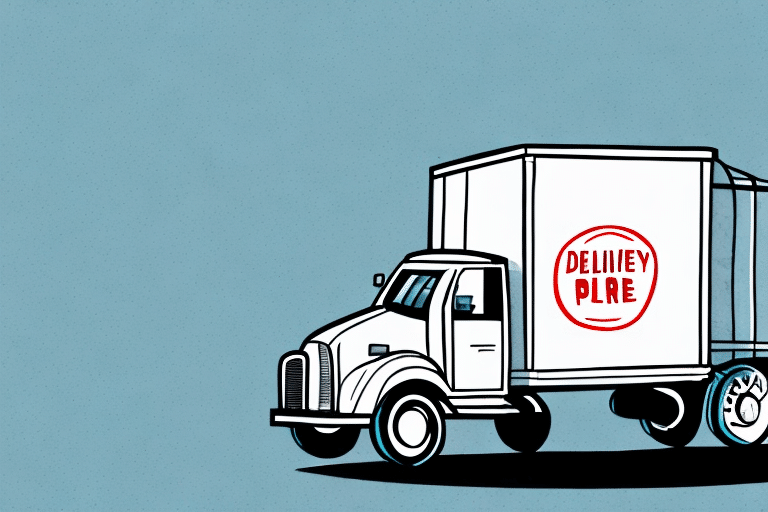Understanding FOB Shipping Point
FOB Shipping Point, also known as FOB Origin, is a shipping arrangement where the buyer assumes responsibility for goods once they are loaded onto the carrier. This means the buyer bears the risk of loss or damage during transit and is responsible for transportation and insurance costs.
In contrast, FOB Destination places the responsibility on the seller until the goods reach the buyer's location. Understanding the distinction between these terms is crucial for managing risks and costs effectively in your supply chain.
History and Origin of FOB Shipping Point
The term "FOB" stands for "Free On Board" and has its origins in maritime law. Historically, it referred to the point at which goods were loaded onto a ship, transferring ownership and responsibility from the seller to the buyer. As transportation methods evolved, the term expanded to include various modes of transport beyond maritime shipping.
Today, FOB Shipping Point is widely used in both domestic and international trade, reflecting the buyer's responsibility from the moment goods leave the seller's facility.
Comparison with Other Shipping Terms
FOB vs. EXW (Ex Works)
EXW places maximum responsibility on the buyer, who must handle all aspects of transportation from the seller's premises.
FOB vs. CIF (Cost, Insurance, and Freight)
CIF requires the seller to cover the cost, insurance, and freight to the buyer's destination, reducing the buyer's logistical burden.
FOB vs. DDP (Delivered Duty Paid)
DDP shifts all responsibilities, including duties and taxes, to the seller, offering the buyer a hassle-free delivery experience.
Understanding these differences helps in selecting the most suitable shipping term based on your business needs and risk tolerance.
Legal Implications of FOB Shipping Point
The choice of FOB terms can have significant legal implications, particularly in the event of loss or damage during transit. Under FOB Shipping Point, legal ownership and risk transfer to the buyer once the goods are shipped. It's essential to clearly outline these terms in contracts to avoid disputes.
Consulting with a legal professional when drafting shipping agreements can ensure that all parties understand their rights and responsibilities. [Source: U.S. International Trade Commission](https://www.usitc.gov)
Advantages and Disadvantages of FOB Shipping Point
Advantages
- Cost Efficiency: Buyers can often negotiate better transportation rates and have control over shipping logistics.
- Control Over Shipping: Buyers can choose preferred carriers and manage the shipping schedule to meet their needs.
- Inventory Management: Responsibility for goods transfers earlier, impacting inventory accounting and management.
Disadvantages
- Increased Risk: Buyers bear the risk of loss or damage during transit.
- Logistical Complexity: Managing transportation and insurance can be resource-intensive for buyers.
- Potential for Disputes: Misunderstandings about responsibilities can lead to legal conflicts.
Implementing FOB Shipping Point in Your Business
Negotiating Terms
- Clear Contract Terms: Specify the exact point of transfer of ownership and responsibility.
- Insurance Coverage: Ensure adequate insurance is in place to cover potential risks during transit.
- Carrier Selection: Choose reliable carriers to minimize the risk of delays and damage.
Calculating Costs and Fees
To accurately calculate costs associated with FOB Shipping Point, consider factors such as the weight and dimensions of goods, distance to be traveled, and insurance premiums. Utilizing a third-party logistics provider can aid in obtaining competitive rates and managing these calculations effectively.
Future Trends and Best Practices
As global trade continues to evolve, the use of FOB Shipping Point is likely to adapt with advancements in logistics technology and supply chain management practices. Trends such as increased automation, real-time tracking, and enhanced risk management tools are shaping the future of shipping agreements.
Adopting best practices, such as leveraging technology for better logistics planning and maintaining transparent communication with partners, can enhance the effectiveness of FOB Shipping Point arrangements.
For further reading on shipping terms and best practices, refer to authoritative sources like the International Chamber of Commerce and the International Trade Administration.
Frequently Asked Questions about FOB Shipping Point
- What does FOB Shipping Point mean? It means the buyer assumes responsibility for goods once they are loaded onto the carrier.
- How does FOB Shipping Point differ from FOB Destination? FOB Destination means the seller retains responsibility until the goods reach the buyer's location.
- What are the advantages of FOB Shipping Point? Lower costs and greater control over shipping logistics.
- What are the disadvantages of FOB Shipping Point? Increased risk and logistical responsibilities for the buyer.
By understanding and effectively implementing FOB Shipping Point, businesses can optimize their supply chain operations, manage risks, and control costs more efficiently.








